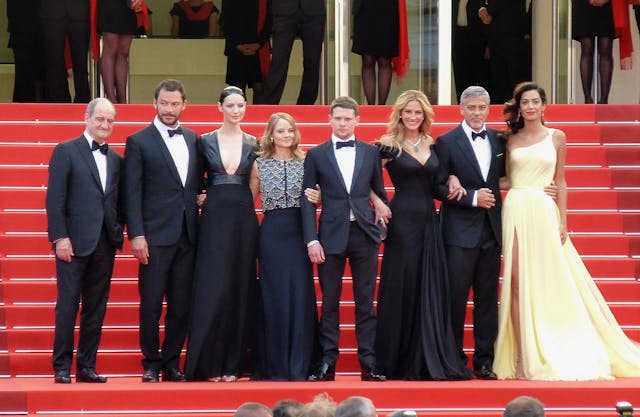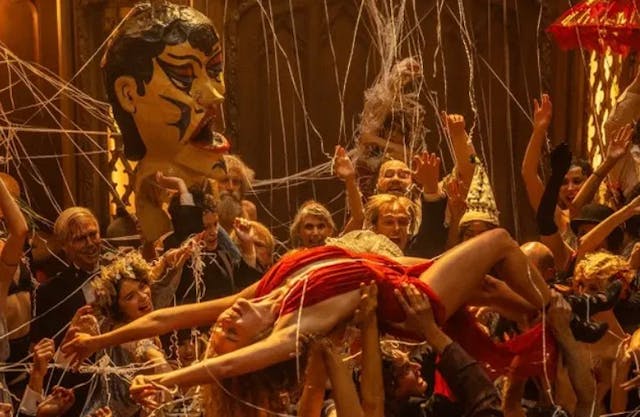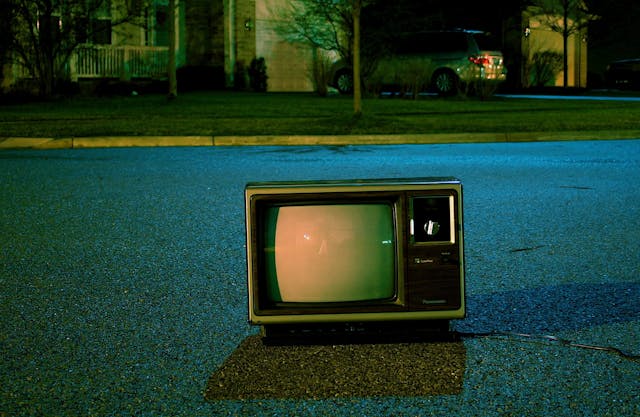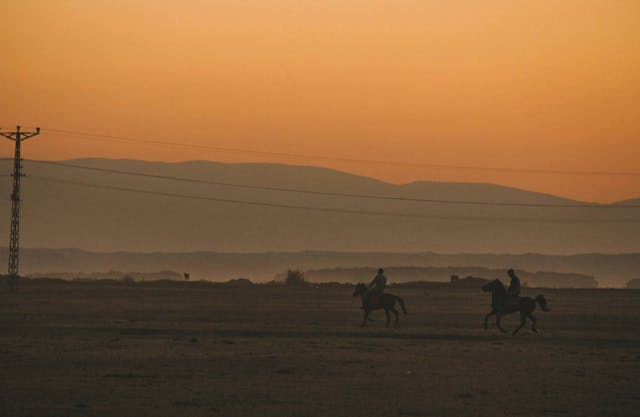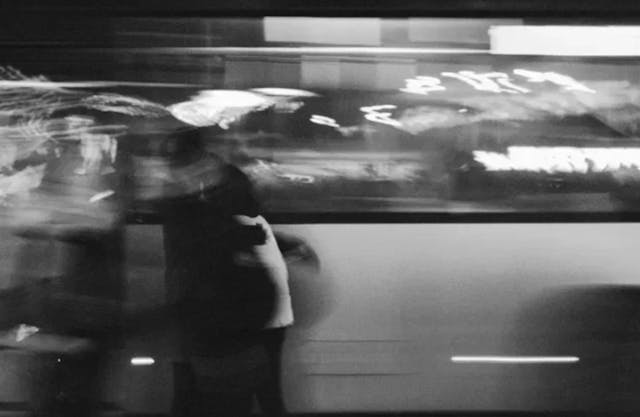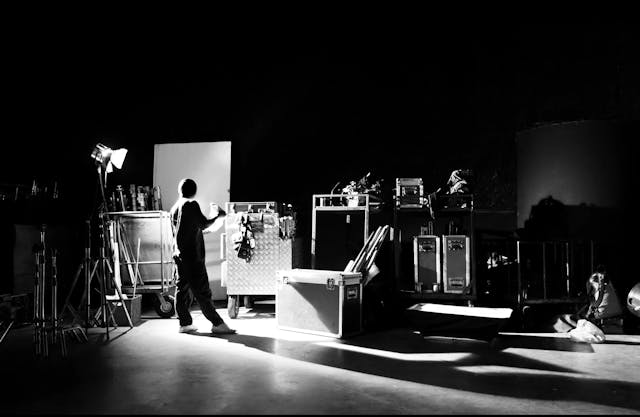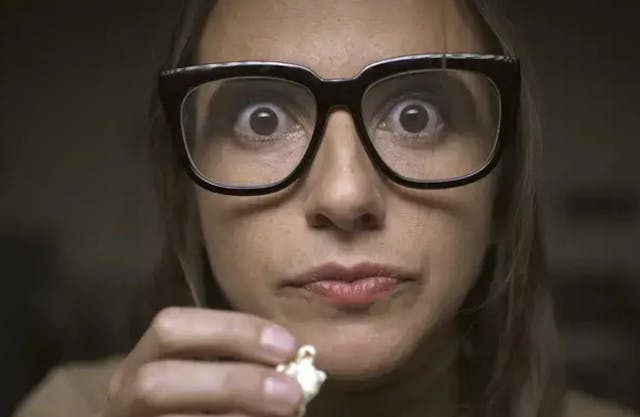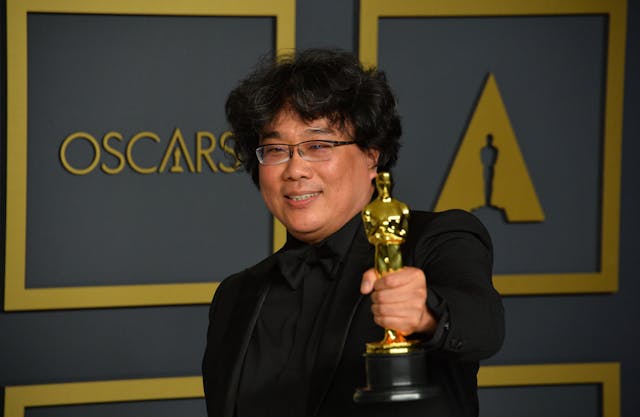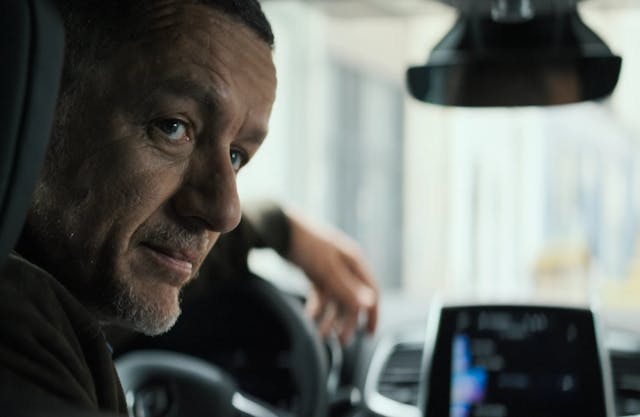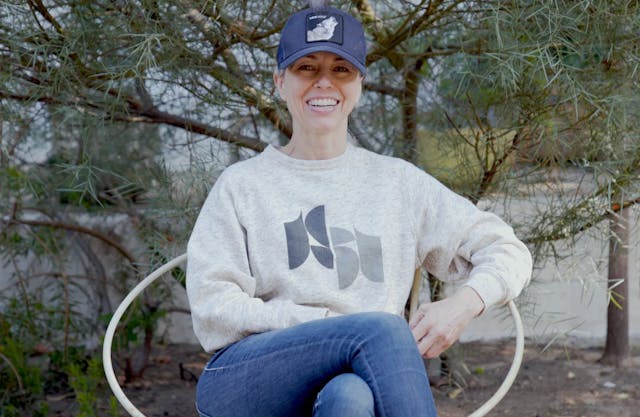
Nobody disputes Buster Keaton’s place among the giants of American comedy, but his unassuming nature seems to color public appreciation. Chaplin’s exuberant emotionality earns devotion, and Harold Lloyd’s warmth and zany spirit make him someone you would like as a friend. In comparison, Keaton is too cool for school. His deadpan look is crucial in his persona. It might keep people at bay, but you would be missing out on all the expressive, creative use of film language in his movies.
If you want to introduce a newcomer to the joys of silent cinema, you could start here. Popflick offers four movies by the great Buster. If you watch them chronologically, you can go from a short to a feature-length, building stamina for the newcomers. Not that it is necessary. Keaton's stone-faced performances go against the misguided belief that silent film acting was overly theatrical. He is also a master of timeless physical comedy and Rube Goldberg-like gags. Not until Jackie Chan movie buffs had such a fearless performer, willing to put his body on the line to elicit laughs. After every smile, there is a shudder.
Short and Sweet Silent Cinema
One Week (1920)
Buster Keaton plays a newlywed passing through an early XX-century rite of passage: building your own house. His character marries lovely Sybil Seely and gets a lot of land as a gift from Handy Hank, her uncle. The brawny grouch is sore because he had designs on the lovely bride, who turned him down for elfin, delicate Buster. Yes, the uncle was keen on his niece. The ‘20s were wild, people.
The land endowment does not come out of the goodness of Hank’s heart. It is part of an elaborate revenge scheme. When Buster receives his house-building kit, Hank switches the numbers on the boxes, sowing the seeds of disaster. At the time, so-called Kit Houses were popular. You would get everything you needed, from lumber to the last nail, delivered in a train wagon with a book of instructions. The Sears Roebuck catalog - the Amazon store of its time - offered many models and even had a mortgage lending division. Some of these houses still stand. A cult of architecture enthusiasts track them down for fun. Read all about it in this story by 99% Invisible. The title of “One Week” refers to the time you would need to assemble it yourself.
Hank’s ploy does not stop Buster. He ends up with a house, but it looks like absurdist comedy turned into architecture. You enter through windows, beams go nowhere, the ceiling ramps up into nowhere, and if you walk out of a door, you might fall off the second floor into the yard. The couple go about their daily life unflappably. They even host a housewarming party that leaves the house turning around on its axis like a carousel. Hank gets some comeuppance, but the short closes on a bittersweet note. The house was a joke, but they made it a home.
Mid-Length Silent Film Madness
Our Hospitality (1923)
There is nothing more American than a good old family feud. We are talking about Hatfield & McCoy’s levels of transgenerational rivalry. If you think we are over it, think again. George A. Romero made it a plot point in his final film, “Survival of the Dead” (2009). You need to check out cable news to see that the combative spirit of yore is alive and well. It just transcended family and infected society dynamics.
“Our Hospitality” packs a lot of plot in a svelte 1 hour, 14 minutes running time. The movie positions itself as a period piece, with a prologue that takes place in 1810. Men of the Canfield and McKay families enact the pointless duel they are bound to do, marking the destiny of their descendants. Keaton’s infant son plays his character, Willie McKay, as a baby - early nepo baby alert! The action jumps 20 years later. Now played by Buster Sr., Willie has grown up with an aunt in far-away New York. History buffs will relish a shot of Broadway and Forty Second Street circa 1830, taken from an old print. That means it was already 93 years old when Keaton and co-director Jack Blystone edited it into “Our Hospitality.” It’s 193 years old now!
Willie gets a letter beckoning him to return to his hometown of Rockville and claim the family state. He bids goodbye to his aunt and sets up for the adventure - Willie, pal, I come from the future to tell you better to stick around to inherit your aunt’s sweet lot of prime Manhattan real estate. But hey! You do you! - Now, back to “Our Hospitality.” Willie takes an early steam locomotive that latches on stagecoaches as train wagons. It must have been a gas to see the invention in action in 1923, and you can double the pleasure now in the XXI Century.
The trip offers a priceless chance to stage an extended set piece filled with gags centered on men using - and getting abused by - technology. This is one of the recurrent motifs in Keaton’s oeuvre, and it anticipates the work of French filmmaker Jacques Tati, one of the most deserving heirs of his mantle. During the eventful trip, Willie meets a cute girl who happens to be the descendant of the Canfields. Some Romeo-and-Juliet shenanigans come into play as the movie careers towards its climax. Willie and his foe embark on a mad pursuit through the wilds. You see the actors performing wild stunts in thick forests, a vertigo-inducing cliff, and river rapids. Like modern machinery, nature was just another tool for Keaton.
Sherlock Jr. (1924)
Buster Keaton’s 45-minute-long marvel of cinematic invention was allegedly received coldly upon release in 1924. In time, it has gained appreciation as one of his best works.
It all begins in a rather conventional fashion, establishing the building blocks of a typical romantic comedy of the era. Keaton is a projectionist who dreams of becoming a detective, studying the subject during his downtime. He is also besotted by a beautiful girl (Kathryn Maguire), who shyly seems to correspond to his attentions. Alas, she is also courted by the scheming “Local Sheik” (Ward Crane). The hoodlum frames Keaton for the theft of the girl’s father’s watch, effectively taking him out of the run for her hand. Despairing, Keaton returns to the projection booth. He falls asleep and dreams he is a star detective solving a crime, where everyone around him in real life plays a role.
The way Keaton frames the fantasy sequence makes the movie extraordinary. The projectionist physically enters the screen and becomes an actual detective in a plot that takes over the film. The action of the movie-within-the-movie takes place in a posh setting that contrasts with the reality he abandoned. Keaton becomes a star detective, trying to solve the mysterious robbery of a valuable string of pearls. The girl, her father, and the Local Sheik all have roles that mirror their real-life selves.
Before the action takes over, Keaton sets us up in this make-believe world through a bravura sequence: once he enters the frame, he stands at the center of the screen. Deceptively simple cuts take him through wildly different settings: a stately garden, a busy street, a mountain top, a cliff on a mountaintop, a savannah inhabited by a lion pride. He performs a physical comedy routine governed by the changes in location: he falls on his bum because the bench in the garden disappears, and he lands on the street; he steps up and nearly falls off the cliff. His actions are seamlessly matched from one cut to the other, creating the illusion of continuous movement through wildly different locations.
This is just the beginning of a 25-minute run of magnificent cinematic invention. Stunts, optical effects, and mind-boggling physical stunts make “Sherlock Jr.” a comedy classic and a landmark in American cinema. In one swift movement, Keaton anticipates the oneiric quality of the surrealists to David Lynch. The conceit of a person invading the fiction on the screen was revisited in a literal way by Woody Allen in “The Purple Rose of Cairo” (1985). Even the popular blockbuster is indebted to Keaton and “Sherlock Jr.” If you love Tom Cruise running like a madman in his “Mission: Impossible” movies, know we owe it all to Keaton.
Almost 100 years after its premiere, you’ll be mystified at how he pulled off shots like the one that has him careening seated on the handles of a riderless bike, crossing in front of a locomotive going at full steam without getting run over. You have to see it to believe it.
Go West (1925)
Keaton gets inspiration from Horace Greeley’s famous admonition but steers clear of engaging with the troublesome myths about white civilization overtaking the West and committing genocide against American Indians.
“Go West” is a love story between a lonely man and a cow. He sells his meager possessions, hits a ride on a cargo train, and ends up on a ranch without knowing how to do anything. At least he frees the bovine from a rock stuck on its hoof, which is enough to bond them. This is not a small thing. He is so lonely his name is “Friendless.” Before you know it, “Brown Eyes” saves him from getting mauled by a bull, and he corresponds by trying to save her from the slaughterhouse.
Under the plot machinations, “Go West” is a movie about work. Keaton heeds the promises of manifest destiny, but the ranch only offers menial tasks for which he is egregiously unqualified. He mines each circumstance for humor, but the quiet desperation is undeniable. Even his employer, a wealthy rancher, faces failure after fighting with his business partner and then losing his herd to a gang of cattle robbers. Ruin is always around the corner.
Compared to other Keaton movies, the gags seem spare and simple. This is only an illusion. He trained the lead cow to achieve the emotional connection you see on the screen. The movie culminates with dozens - perhaps hundreds - of cows and bulls roaming downtown Pasadena, with Friendless doing an impromptu cattle drive through Main Street and assorted commercial establishments. A train is also involved, signaling his upcoming triumph in “The General” (1923). It’s mind-bending to think of the logistics involved in the shooting.
The movie is not free of uncomfortable moments. Among the city dwellers disrupted by the herd, the most cartoonish character is a black man introduced dancing maniacally to a street organ grinder. He gets to more moments, making hay of how scared he is of the bulls. Everybody is, but let’s say the filmmakers go the extra mile with him. This is a common trope in mainstream American comedy of the times, justifiably offensive to our modern eyes.
Battling Butler (1926)
Buster stars and directs in "Battling Butler." As usual, his disregard for his safety will take your breath away. The "battling Butler" of the title is a famous boxer. To prop himself up in the eyes of the girl he likes, Buster takes on his identity. As you can imagine, he doesn't know how to strike a blow, even if his life depended on it. Before you know it, a series of misunderstandings sends him to an actual ring, where he must fight for the girl's heart and his life.
A Problematic Classic
The General (1926)
This feature film is considered one of Buster Keaton’s best movies - if not the best, even though the movie was a box-office disappointment at the time. With sound taking the favor of audiences, people were less keen on silent films, no matter how artful. Based on a real-life historical episode, the movie tells the story of a railroad engineer who hinders the plan of a group of soldiers who try to steal a locomotive strategically crucial in the context of the Civil War.
Made a little over 60 years after the end of the Civil War, the movie elides most political context. Adapting the memories of Union Army William Pittenger, who participated in the operation, Keaton makes the creative decision to switch the political allegiance of the characters and the outcome. Johnnie Gray is doing his part for the South, which translates to keeping the evil system of slavery going. That must have played easily back in the ‘20s when the South was considered an underdog that had to be pandered to because they lost the war.
Still, it's fair for modern audiences to feel uncomfortable if you go further than admiring its craftsmanship and stop to think about how it rewrites history. Two things can be true simultaneously: "The General" is a great silent comedy and can be an uncomfortable watch seen through contemporary eyes. Keaton was a product of his time, working in the language of his day. You can see some tossed-over blackface gags in his movies. "The General" is mercifully free of those. It is certainly not "The Birth of a Nation" (1915). It's not even "Gone With The Wind" (1939) when whitewashing the antebellum. Not rewriting history means engaging with the art of the past and learning how to process it.
Want to get an email when we publish new content?
Subscribe today
